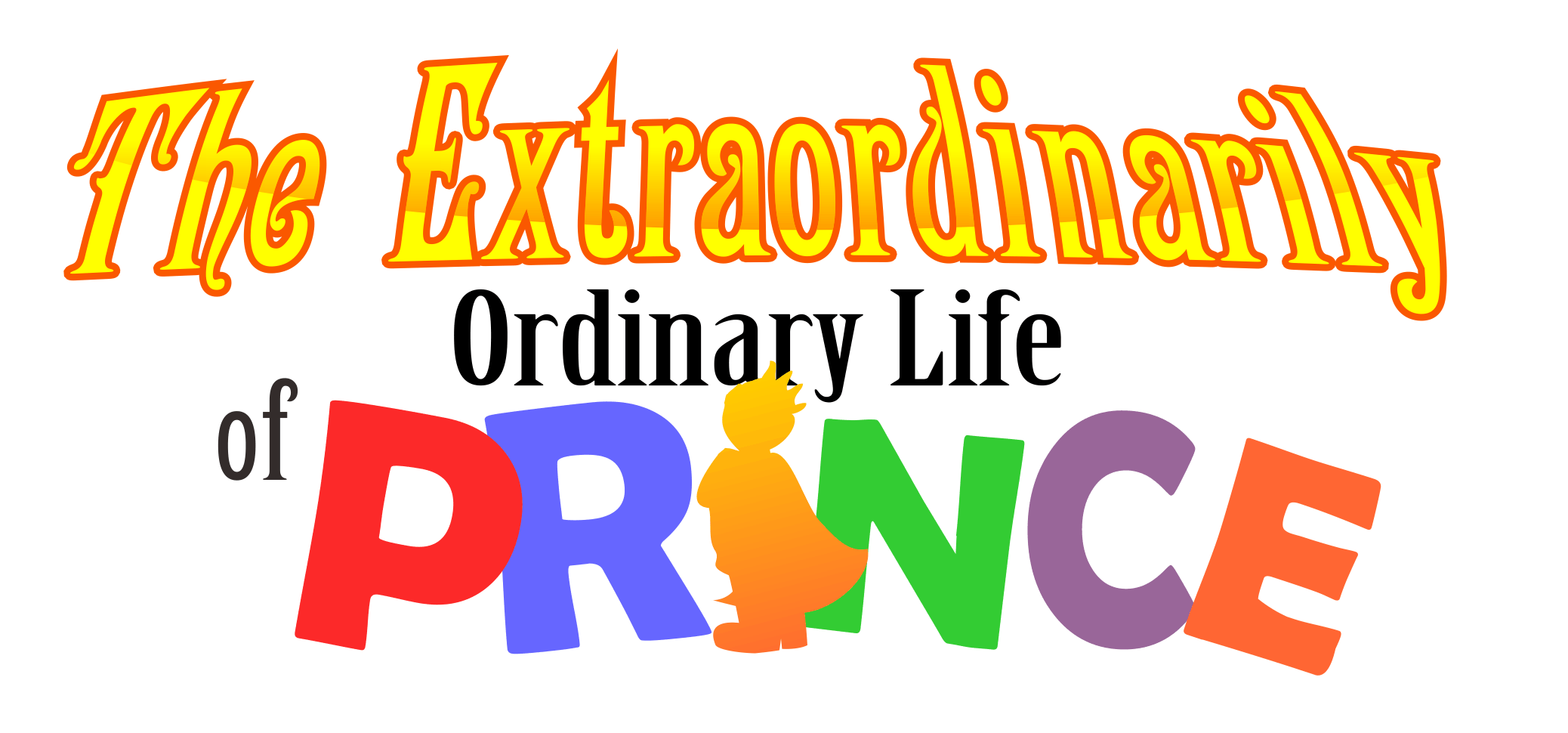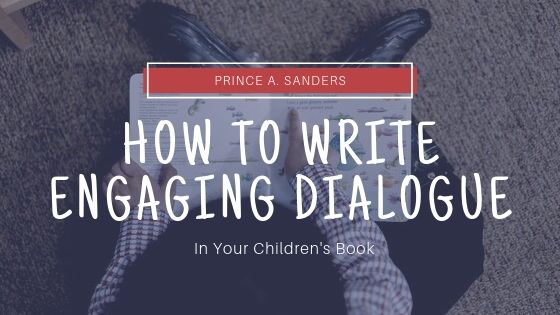Developing quality, engaging dialogue is one of the hardest parts of writing a book. The task is even more challenging when creating a children’s book. After all, you need to capture the attention of young children in a way that is both interesting and easy to understand. The dialogue shares valuable information about the characters while simultaneously moving your story forward.
Cut to the Core
Keep your dialogue brief. Conversations shouldn’t go on for pages, and no reader wants to waste time skimming over the characters’ small talk. Readers don’t want to read long speeches, either. Don’t keep any dialogue that doesn’t move the plot forward. Ask yourself if the text reveals something necessary about the character or is vital to the plot. If the words don’t meet this standard, consider cutting them out.
Go through your book sentence by sentence and see how many words you can remove from your dialogue while still getting your point across. You may be surprised at how many filler words you’ve used!
Understand Real-Life Conversations
To create fictional conversations that sound natural and appealing, you need to study conversations in the real world. Pay close attention to communications you are a part of, or to the ones that are going on around you. What gestures and facial expressions do people use? Listen to the tones participants use and how they address topics. Don’t underestimate the importance of body language, either. You can incorporate action into your dialogue, but try not to overdo it.
Make Your Characters Unique
Each person has a unique voice and style of conversation. Your characters should reflect this. Some people speak passively, while others are more forceful in speech. Consider the words your characters would use. Are they abrupt? If so, choose short words and quickly-paced conversation. Other characters might be more gracious in their speech.
Age will also play a role in the way your characters speak. Older, wiser characters should sound different than younger children.
Read it Out Loud
When in doubt, read your conversations out loud to check if the dialogue sounds natural. Consider what you’ve learned through studying real-life conversations. How do the discussions of your characters compare? Do they seem artificial and choppy? If so, try to rewrite the words so that they have a better flow.
Creating engaging dialogue is challenging, but it’s a sure way to bring your story to life. Think of your future audience and how the exchange will capture their attention and draw them in. Well-written conversations are a vital part of sharing your story.

